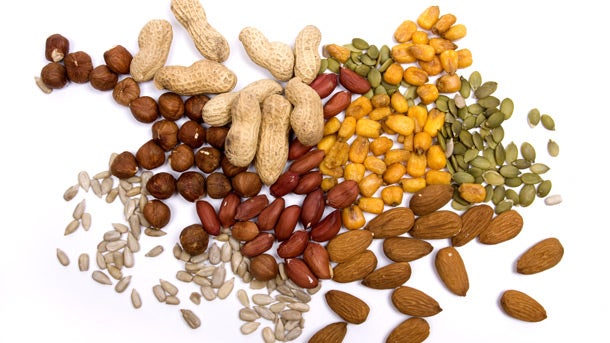Differences Between Food Allergies, Intolerances and Sensitivities

Eat clean and get lean with our dietitians, Erin Macdonald and Tiffani Bachus. Find out when their new course, A Whole-Life Guide to Lasting Weight Loss, launches. Register now!
Food allergies are an immune-system response to a particular substance in food. They are the best-known but least-common food reactions, occurring in approximately 1% to 2% of the adult population. Symptoms can be life threatening and manifest quickly, within a few minutes to a couple of hours after the food is consumed, and include itchy skin, vomiting, sneezing, chest pain or anaphylaxis. The most common food allergens include peanut, wheat, soy, milk, eggs, fish, shellfish and tree nuts. To find out if you have a food allergy, you can take a skin-prick test or blood test.
With food intolerances, the body experiences a chemical reaction to a substance in food. If you have an intolerance to dairy, for example, your body lacks the enzyme (lactase) to break down the sugar (lactose), which leads to symptoms like gas, cramps, bloating or diarrhea. Food sensitivities, on the other hand, can show up in the form of irritable bowel syndrome (IBS), migraines, fibromyalgia and chronic inflammatory conditions. Symptoms are often delayed and can appear up to 48 hours after ingestion. Proper diagnosis through blood work (the best test for food sensitivities is the Mediator Release Test) guides the proper elimination diet that will calm inflammation and allow the body to heal.
See also Conversation with a Food Blogger: Healthful Pursuit